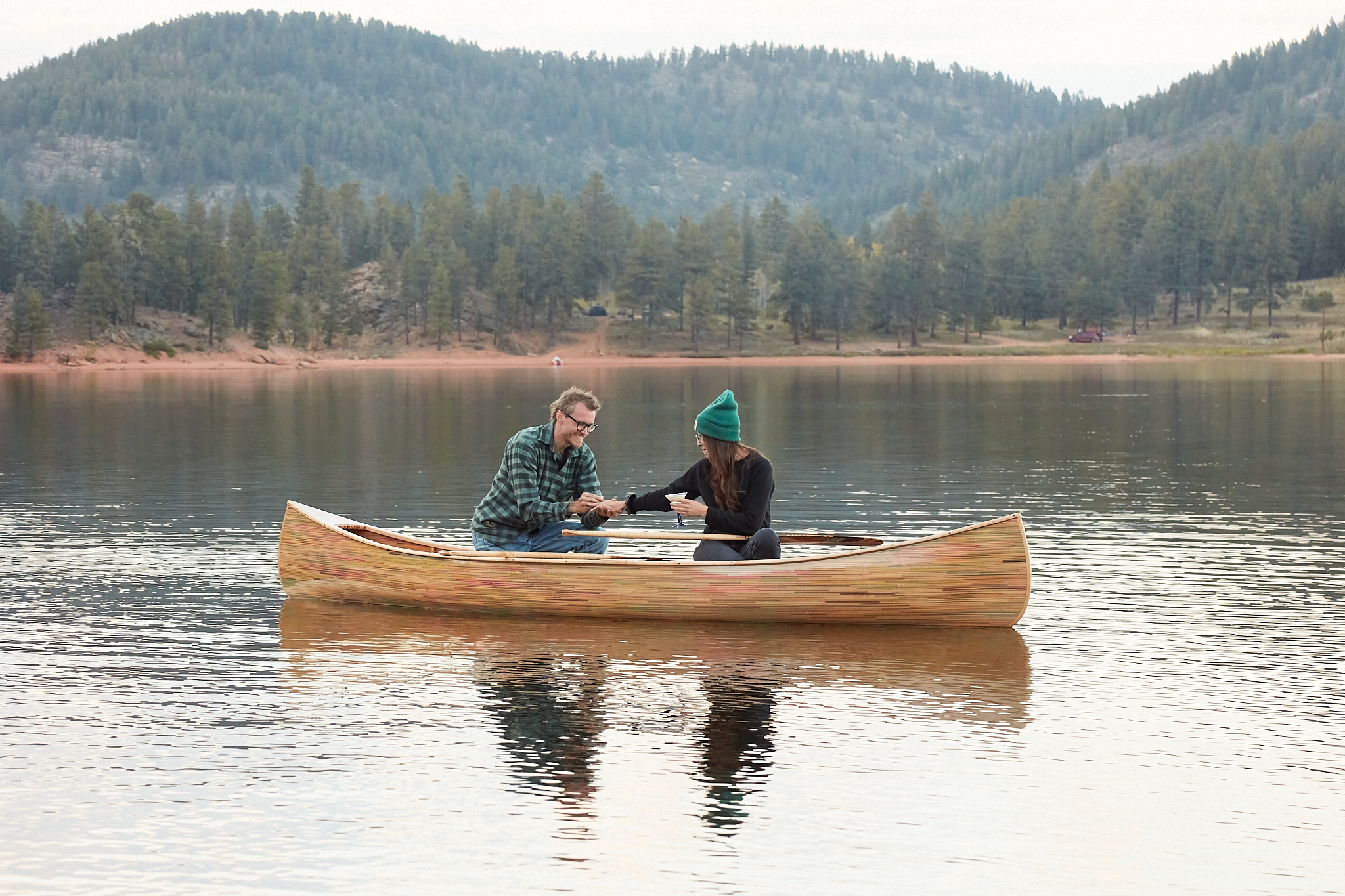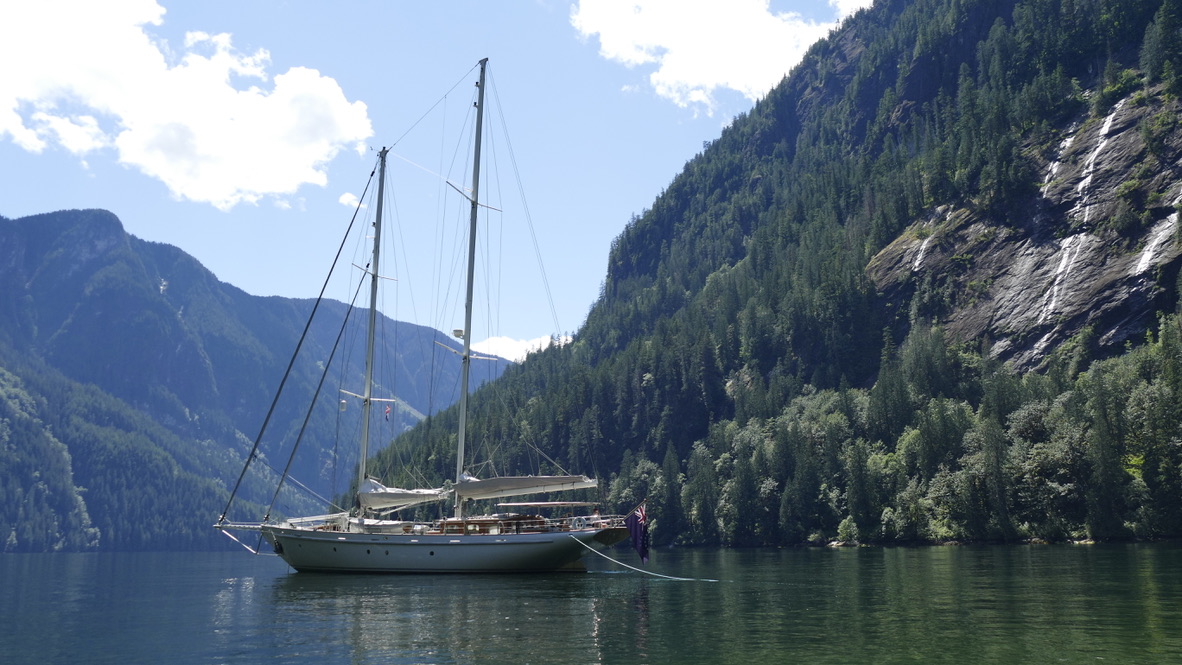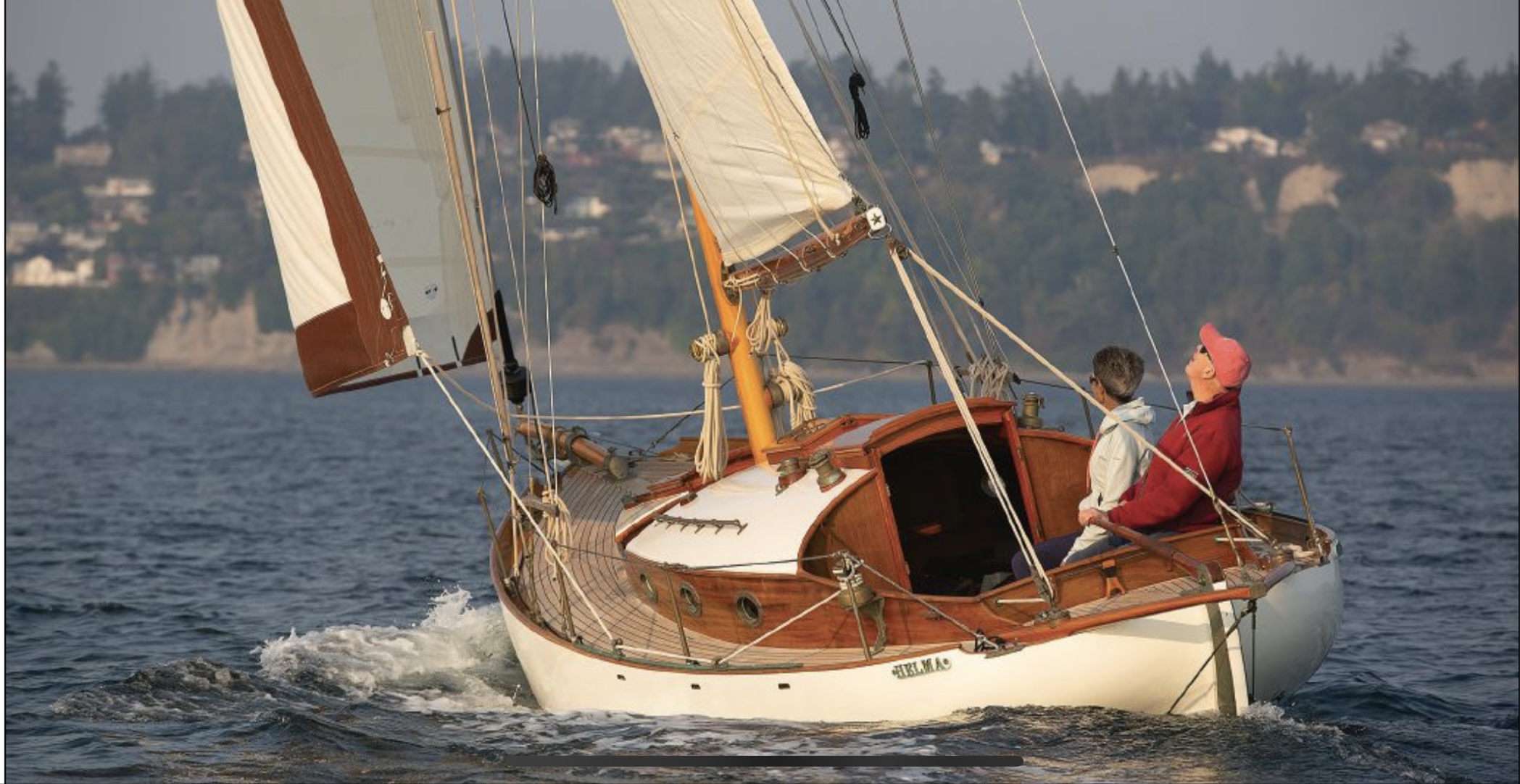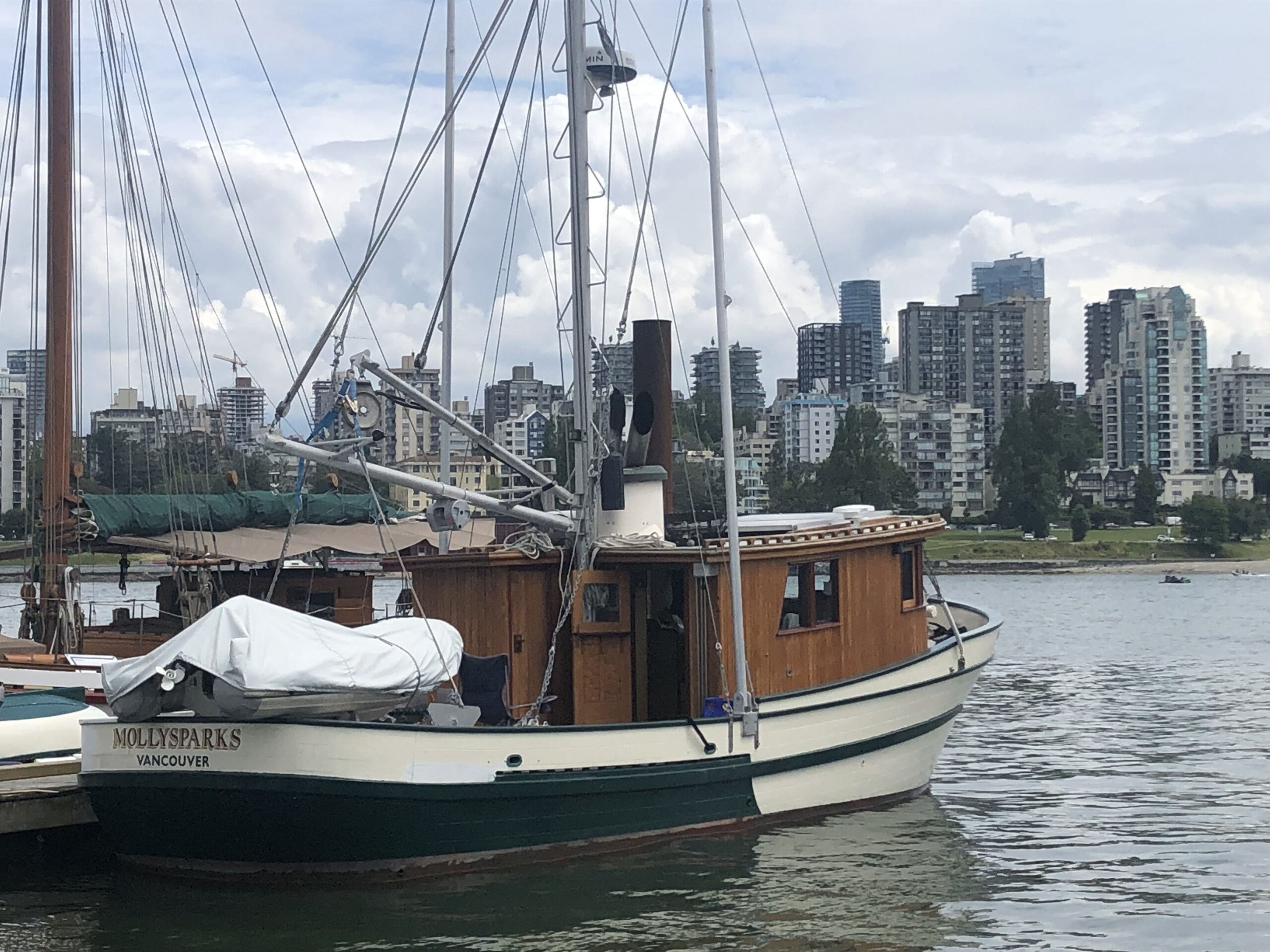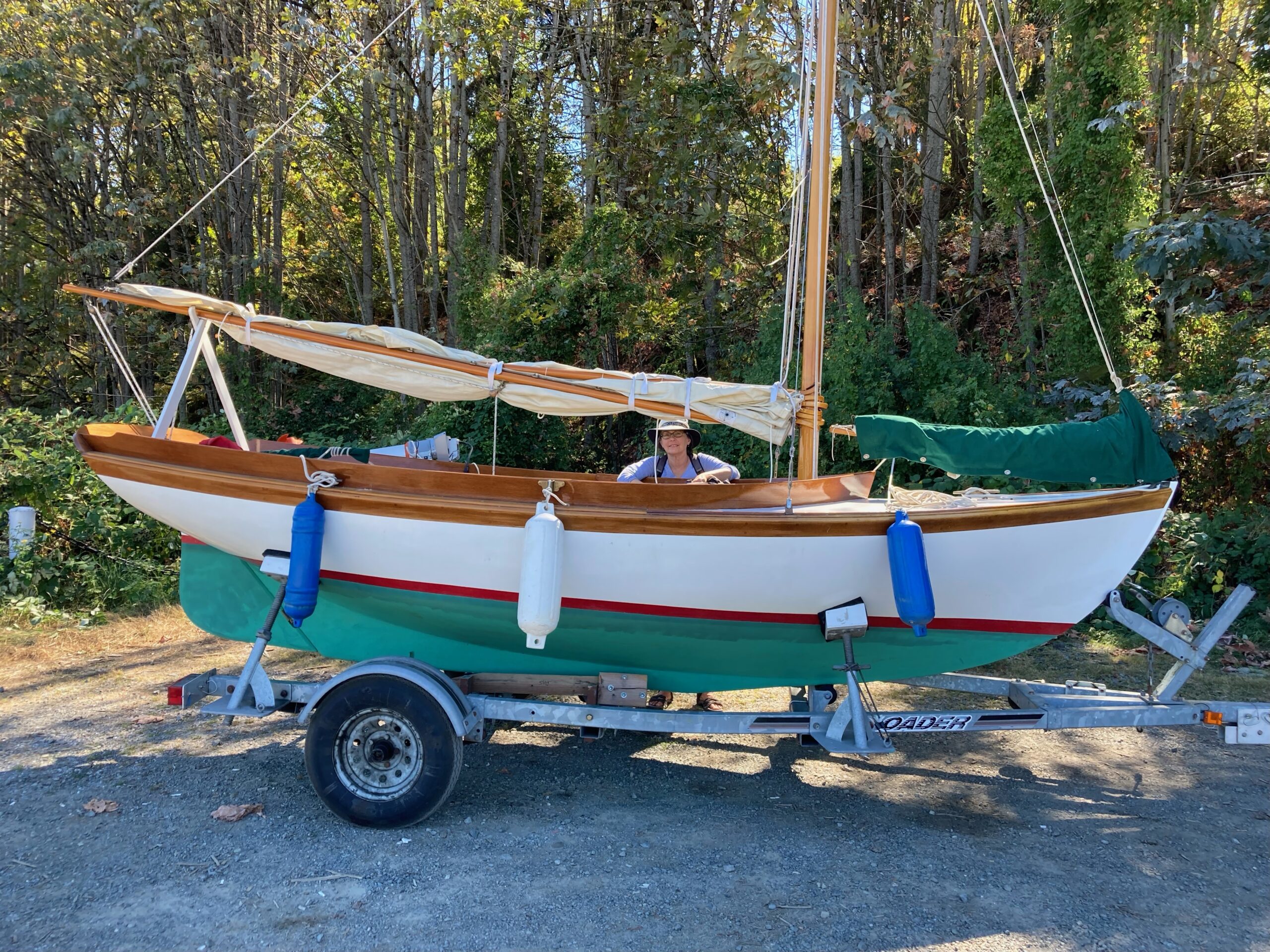
Replica of an 1845 sixteen-foot Cutter from USS Massachusetts, the first US Steamer on Puget Sound, which arrived in 1850. Walden would have been one of the smallest ship boats carried by the USS Massachusetts when she became the first US steamship, and the first propeller-driven vessel ever, on Puget Sound, arriving here in the year 1850. The Massachusetts began her career as a merchant’s vessel, and when she was sold to the US Military in 1846, one of the items listed as being still aboard was a “sixteen-foot red cutter.”
Massachusetts gets the bronze medal, coming in third. American steamers were ultimately more influential…after all, for good, bad, or indifferent, this area fell under American control. The last thing I want is for people to think that I’m just some goofy guy out to play soldier…or, well, sailor. Steamers, and especially American steamers, brought a lot of pain, suffering, and destruction in their wakes. Though the end of the traditional Native American way of life was already underway before Massachusetts arrived, streamers hastened the process. Steamers facilitated logging by pulling logs from remote areas to mills and encouraged mining for the metal to make their engine parts and coal and (and later) oil to feed them.
Discovering Massachusetts was the perfect thing for me. Since I did not have the wealth to build a full-scale replica of Massachusetts, Walden is the next best thing. I call her Walden since Walden Pond, where Thoreau went to philosophize, is a small part of the State of Massachusetts, and Walden is the smaller ship’s boat of the Steamship Massachusetts, but also because my wife Celia and son Willy have the last name, Walden!
The design of Walden is based on bits and pieces I researched, old images I found of ship’s boats from the mid 19th Century, descriptions of small ship’s boats from the 1840s and 1850s, a Whitehall Boat design from John Gardner’s book Building Classic Small Craft, Volume 1, and plans of larger naval cutters from 1854 that I got from the Smithsonian in Washington DC. We chose traditional lapstrake, as most small ship’s boats in the mid 19th Century would have been so built. There is no centerboard for sailing into the wind, as they would not have had one to maximize cargo storage space.

